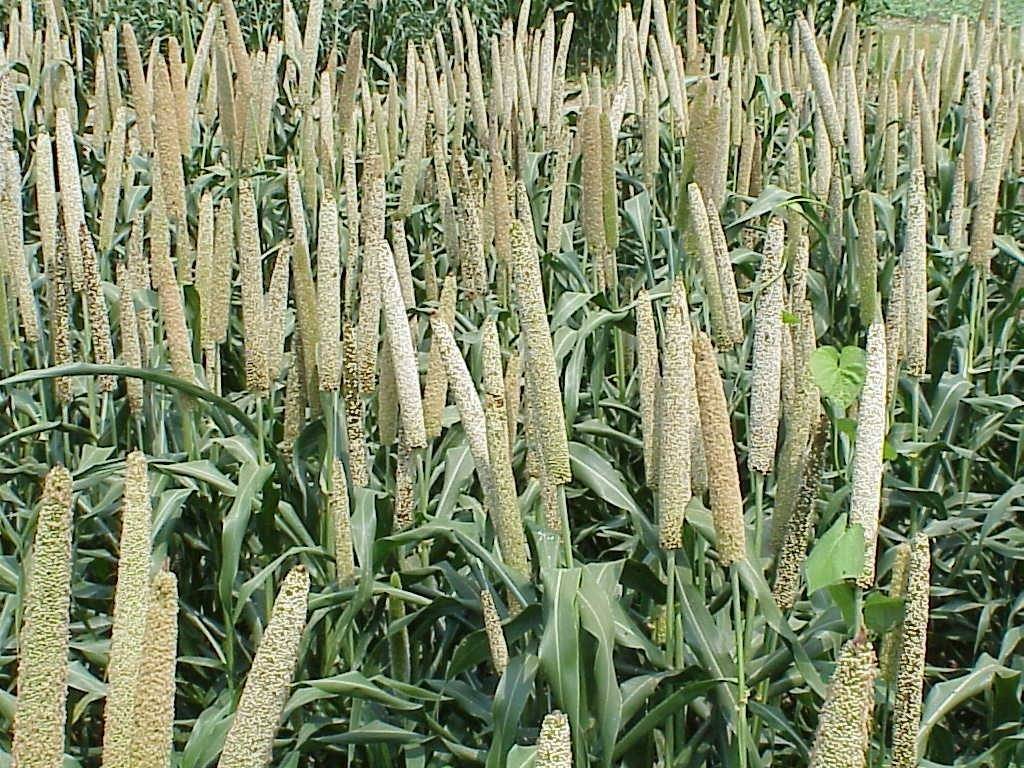
The Uttar Pradesh government is looking forward to boosting the production of millets and oilseeds by expanding the area under cultivation.
In the coming years, the state is planning to replace more than 15 per cent of the paddy acreage with millet and oilseed crops. As Uttar Pradesh is the second largest paddy producer in India, the reorientation of the sowing pattern would change the agricultural landscape and provide farmers with a remunerative farm value chain.
Recently, Chief Minister Yogi Adityanath stressed that the farmers’ earnings would not rise merely by sowing wheat and paddy, but the agricultural sector needs to combine with the food processing, packaging, and export value chains to exponentially boost rural income.
In UP, the paddy acreage stands at about 6 million hectares (mh) with an annual production of 15 million tonnes (MT) of the cash crop. The paddy acreage could come down to 5 MH when the millet and oilseed roadmap is implemented in its totality.
While India is among the leading oilseeds importers, higher oilseeds production will provide ready domestic and global markets for the state’s farmers and traders. In 2021, India imported oilseeds worth $2.39 billion, followed by China and Turkey at $1.34 billion and $1.27 billion respectively.
Interestingly, India is also among the top five oilseeds producers with 20 per cent of the global oilseeds acreage under cultivation, yet high domestic demand necessitates net imports. India produces mustard, groundnut, sunflower, soybean, safflower, etc. The country also exports oilseeds.
In UP, with annual production marked at 1.15 MT, the oilseeds area is estimated at 1.3 mh. The major oilseeds grown in UP include groundnut, sesame, mustard, linseed etc. Moreover, the emphasis on millets, which Prime Minister Narendra Modi has renamed as Sri Anna (divine food grain), and the growing popularity of millet-based processed and cooked food, offers a large potential for millets.
UP millet area is marked at 1.1 mh with a production of almost 5 mt, which roughly equals 20 per cent of India’s annual output. Major millet crops include bajra, jowar, kodo, kottu, ragi, and sanwa.
Now, the state is looking to expand the millet acreage to 2.5 mh and launch exclusive millet outlets, and engage women rural entrepreneurs and self-help groups in its value chain.
A senior government official noted, “The state agricultural road map is targeted at doubling the farm income and contributing to the larger $trillion economy target of UP.”
The millets provide a variety of climate change-resistant, low-risk crops. As a result, the state encourages the growth of these nutrient-dense grains in places with rain. Even millets will also be included in the UP midday meal programme.









